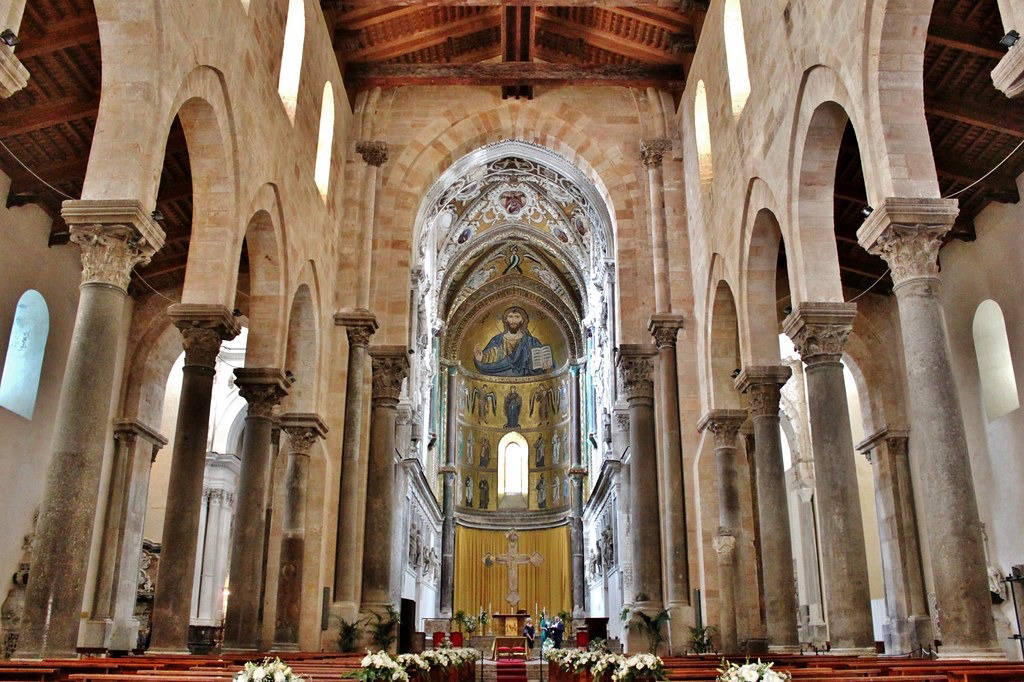Cefalu Church is located on the island of Sicily, Southern Italy. This religious building was built by the Normans who came from Scandinavia and occupied the island from the 11th to the 13th centuries. They combined Islamic traditions with the architecture of the Eastern Roman Empire, which was built by the Eastern Roman Empire. called Byzantine, to create a unique style known as Norman-Arabic architecture. The King of Sicily, Roger II, erected Cefalu Church as a way of fulfilling the promise he had made to the Most Holy Savior.
After being trapped by a storm at sea, he promises to build a church where he can safely disembark. He tried to escape the storm and drifted to the beach of Cefalu. Construction began in 1131 and was completed in 1240. The square in front of the cathedral and the stairs were built right in front of the old cemetery. Local legend says that the square in front of the church was created with soil from Jerusalem.
Cefalu Church was built to fulfill the king's promise, to demonstrate the strength of the Normans in Sicily, and to defend the town in the event of an invasion. This is why the building has an almost military appearance and is located in a very conspicuous place in town. This is a great example of Italian Moorish architecture, as it clearly shows the combination of Arab and Byzantine influences in Norman construction. Cefalu Church was built using traditional materials and techniques from Arabic architecture. Several noble materials such as granite and marble were used for the interior.
The cathedral complex consists of two works: the church architecture and the monastery area. The monastery is adjacent to the church building and consists of an inner courtyard surrounded by a dome. The church has a Latin cross plan layout. It is divided into a central nave and two aisles. The use of symmetry was also a common feature of both Arab and Byzantine architecture, and it was also adopted by the Normans. The exterior consists mainly of fortified walls, decorated with arches. They are also used for other elements such as windows and doors. Most parts of the church have a roof and wooden beams.
The church has a mosaic of Christ by Byzantine artists, one of the best preserved mosaics in Sicily. Along with mosaics, decorative plaster works are also on display in the cathedral.
The church stands out on the winding cobblestone streets that lead into the colorful fishing harbor and white sand beach just below the old town. If you are looking for a place to visit and rest, this will be a suitable destination.
 Register
RegisterSign in Travel Agent
Sign in Supplier
Sign in Affiliate
Sign in Guru



 Piazza del Duomo, 90015 Cefalù PA, Italy
Piazza del Duomo, 90015 Cefalù PA, Italy